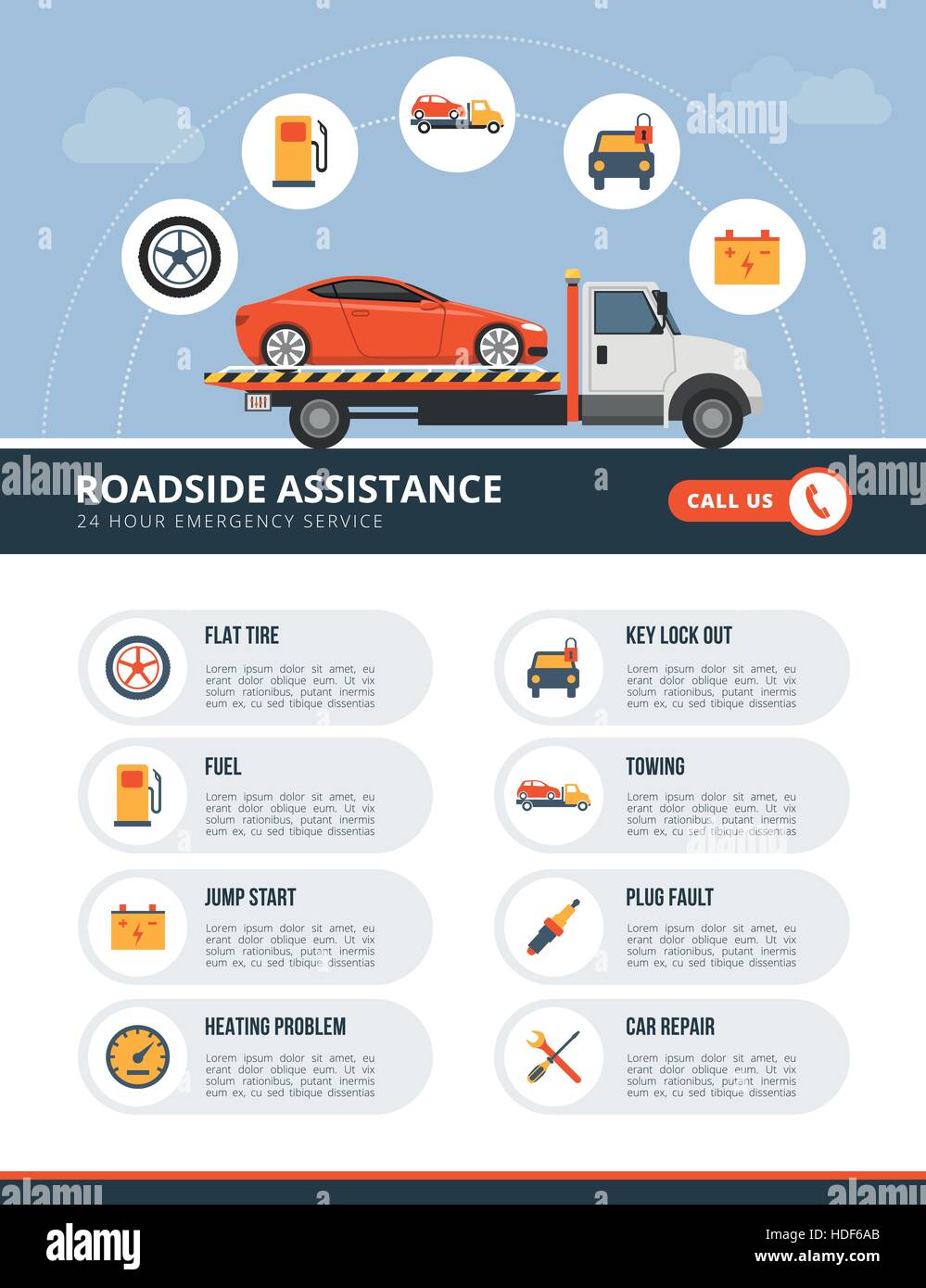Recognizing Your Auto'S Caution Lighting: What Do They Actually Mean?
Recognizing Your Auto'S Caution Lighting: What Do They Actually Mean?
Blog Article
Web Content Writer-Faulkner Forbes
When you're behind the wheel, those beautiful caution lights on your dashboard can be a bit puzzling. Do you know what they're trying to inform you about your auto's wellness? Comprehending automotive car wash of these lights is vital for your safety and the durability of your lorry. So, the next time among those lights appears, wouldn't you wish to understand its message precisely and take the required steps to address it?
Common Warning Lighting and Interpretations
Recognize common caution lights in your vehicle and recognize their meanings to make certain risk-free driving.
One of the most regular caution lights consist of the check engine light, which signifies problems with the engine or emissions system. If this light begins, it's important to have your lorry checked without delay.
Related Site advising light shows low oil stress, needing immediate focus to avoid engine damages.
A flashing battery light could recommend a faulty charging system, possibly leaving you stranded otherwise resolved.
The tire pressure surveillance system (TPMS) light notifies you to reduced tire pressure, affecting vehicle security and fuel efficiency. Disregarding this could cause unsafe driving problems.
The ABS light indicates a trouble with the anti-lock braking system, jeopardizing your capability to stop promptly in emergencies.
Lastly, the coolant temperature alerting light warns of engine overheating, which can cause extreme damage otherwise settled promptly.
Recognizing these usual warning lights will aid you attend to problems promptly and maintain risk-free driving conditions.
Relevance of Prompt Attention
Recognizing the typical caution lights in your vehicle is only the first step; the significance of without delay resolving these warnings can't be highlighted sufficient to ensure your security when traveling.
When a caution light brightens on your dashboard, it's your car's way of communicating a prospective issue that needs attention. Disregarding ceramic car wash can cause much more extreme problems in the future, compromising your safety and security and potentially costing you a lot more out of commission.
Trigger focus to warning lights can prevent break downs and accidents. As an example, a flashing check engine light can indicate a misfire that, if left ignored, could create damages to the catalytic converter. Addressing this promptly can save you from a costly repair service.
Likewise, a brake system warning light may signal reduced brake fluid or used brake pads, crucial elements for your safety when driving.
DIY Troubleshooting Tips
If you notice a caution light on your dashboard, there are a few DIY repairing tips you can attempt before looking for specialist aid.
The first step is to consult your automobile's manual to recognize what the particular warning light suggests. Often the issue can be as straightforward as a loosened gas cap activating the check engine light. Tightening up the gas cap might resolve the trouble.
One more typical concern is a low battery, which can activate different alerting lights. Inspecting https://alexisoicwq.livebloggs.com/37485947/personal-narrative-updating-my-old-jalopy-via-a-weekend-break-of-explaining-job for rust and guaranteeing they're safe may fix the problem.
If a warning light continues, you can try resetting it by separating the automobile's battery for a couple of mins and after that reconnecting it. In addition, examining your vehicle's fluid levels, such as oil, coolant, and brake liquid, can assist troubleshoot warning lights connected to these systems.
Verdict
To conclude, understanding your automobile's warning lights is necessary for keeping your automobile running smoothly and safely. By immediately addressing these signals and recognizing what they imply, you can prevent costly fixings and prospective failures.
Keep in mind to consult your auto's handbook for specific details on each advising light and take action as necessary to ensure a trouble-free driving experience.
Remain informed, stay safe on the road!
